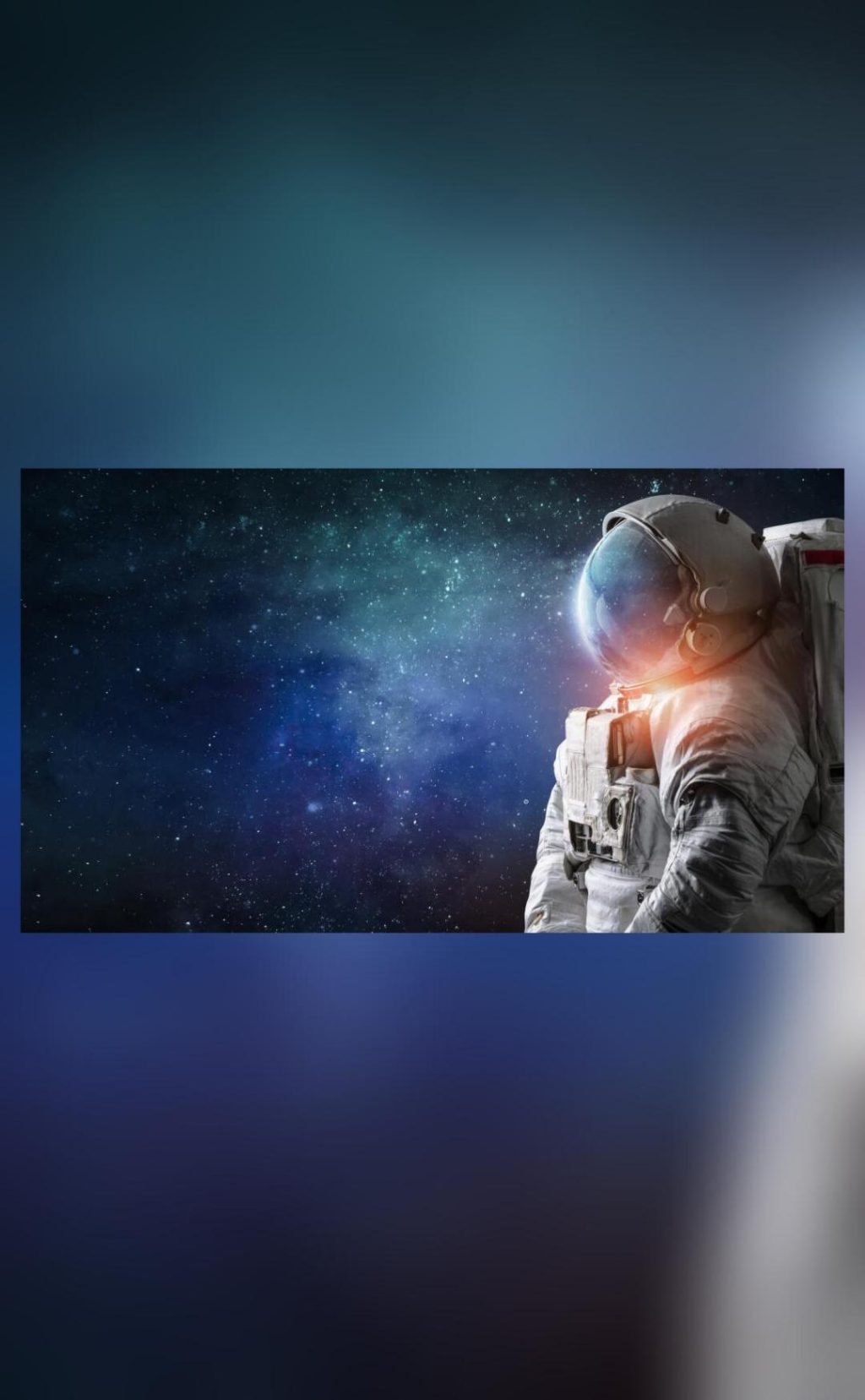
Google & NASA Create AI Medical Assistant for Mars Missions
As humans continue to push the boundaries of space exploration, ensuring the health and well-being of astronauts on long-duration missions is becoming an increasingly critical concern. To address this challenge, NASA and Google have joined forces to develop an AI-powered medical assistant designed specifically for Mars missions and other space travels. Dubbed the “Crew Medical Officer Digital Assistant (CMO-DA),” this innovative system utilizes Google Cloud’s Vertex AI platform to provide accurate diagnostic capabilities and support for astronauts in remote and resource-constrained environments.
The CMO-DA is a multimodal system that can process speech, text, and images, allowing it to interact with astronauts in a variety of ways. This flexibility is particularly important in space, where communication and data transmission can be limited. By leveraging Google Cloud’s AI capabilities, the CMO-DA can analyze vast amounts of medical data, identify patterns, and provide insights to medical professionals, helping them make informed decisions about patient care.
During a recent test, the CMO-DA demonstrated impressive diagnostic accuracy rates. In a simulated scenario, the AI system was tasked with diagnosing ankle injuries and ear pain, common medical issues that could arise on a Mars mission. The results were impressive:
- For ankle injuries, the CMO-DA showed a diagnostic accuracy rate of 88%, indicating that it can effectively identify and diagnose a wide range of ankle-related issues.
- For ear pain, the AI system achieved an accuracy rate of 80%, demonstrating its ability to accurately diagnose ear-related problems.
These results are a significant step forward in the development of AI-powered medical assistants for space missions. By providing medical professionals with accurate and timely diagnostic information, the CMO-DA has the potential to improve patient outcomes, reduce the risk of medical errors, and enhance overall healthcare delivery in space.
The CMO-DA is just the latest example of the collaborative efforts between NASA and Google to harness the power of AI and machine learning for space exploration. In recent years, the two organizations have worked together on a range of projects, from developing AI-powered navigation systems to creating machine learning algorithms for analyzing satellite imagery.
The development of the CMO-DA is also a testament to the growing importance of AI in the field of healthcare. As medical professionals face increasingly complex and challenging healthcare environments, AI-powered systems like the CMO-DA can provide valuable support and guidance, helping to improve patient care and outcomes.
So, what does the future hold for the CMO-DA and AI-powered medical assistants in space? As NASA and Google continue to refine and improve the system, we can expect to see it integrated into future Mars missions and other space travels. The potential applications are vast, from providing critical medical support to astronauts on long-duration missions to enabling remote healthcare delivery for communities in remote and underserved areas.
As we continue to push the boundaries of space exploration, it’s clear that AI-powered medical assistants like the CMO-DA will play a critical role in ensuring the health and well-being of astronauts and patients alike.






